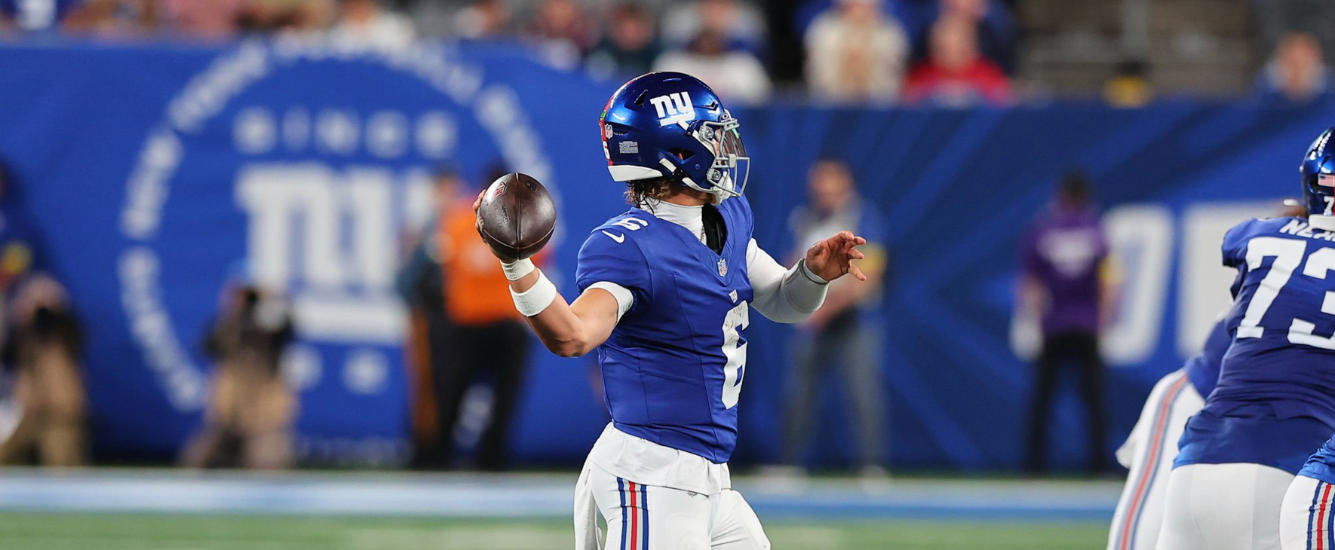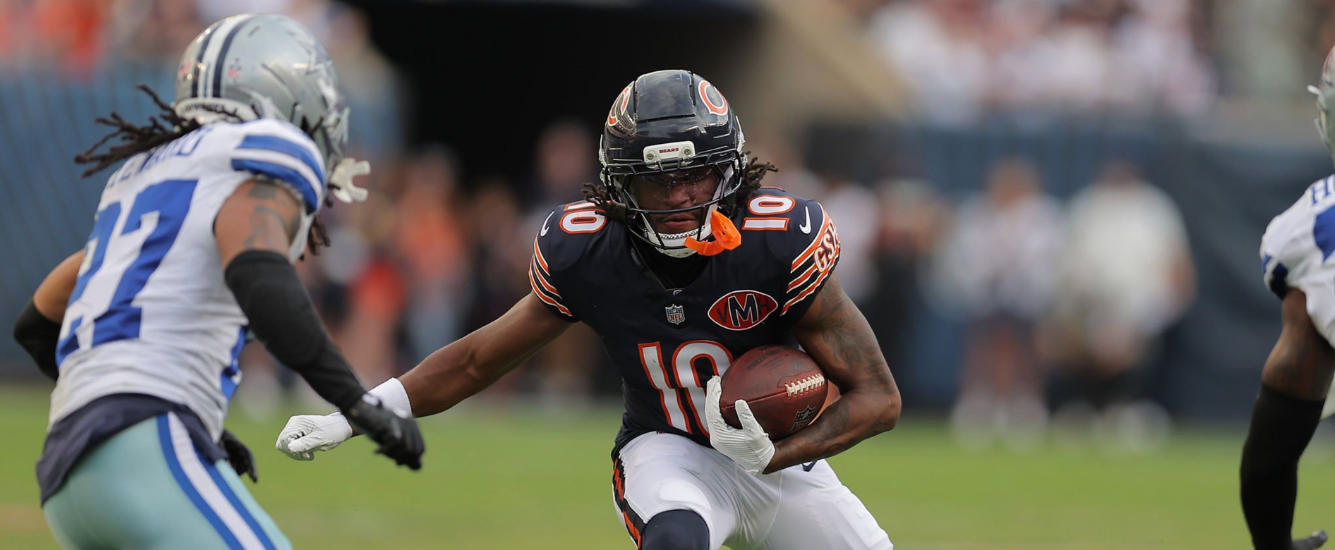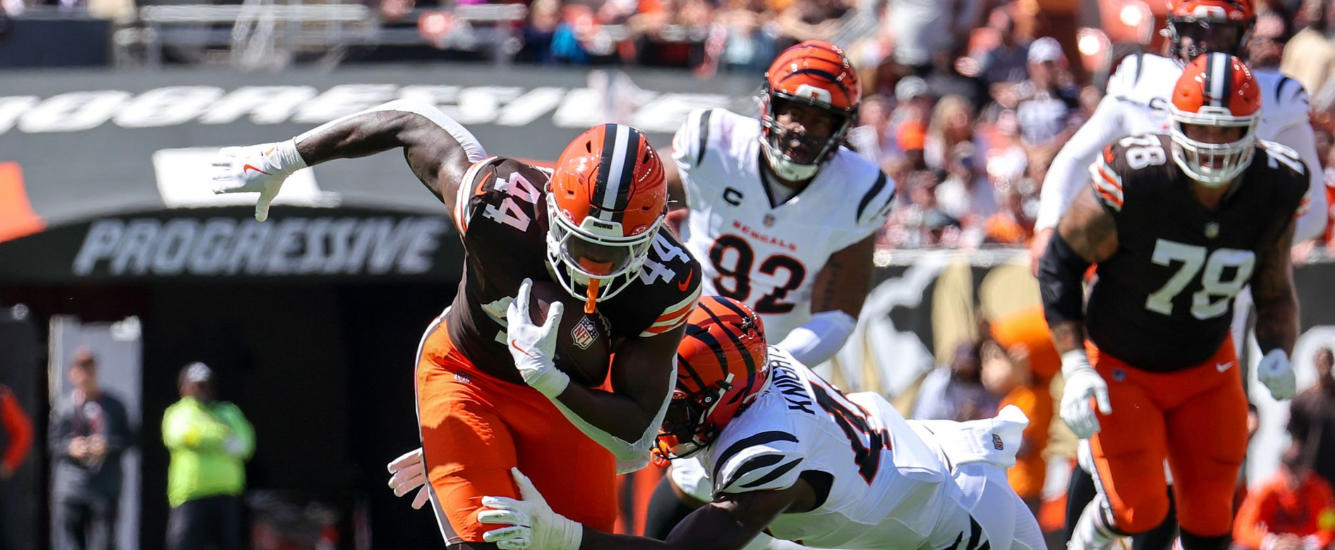Year 2 remains the key year for wide receiver breakouts, but it’s not as simple as just drafting every Year 2 WR. As we noted previously, a player like Jonathan Mingo, who ran 511 routes in 2023, doesn’t have much room to increase his opportunity. The prospects for him to improve his efficiency are not hopeful either. And there may be other reasons we prefer certain Year 2 breakout candidates over others, or even certain breakout candidates with more experience.
The Impact of WR Age
One element we’ve always considered important in player evaluations is age. And indeed, age does appear to be a significant factor when considering WR breakouts.

No group of receivers breaks out at a higher rate than 21-year-olds. While older receivers have more total breakouts, that is largely because of the relatively small number of players who are even in the NFL as 21-year-olds. What is worth noting is that the relation between breakout rate and experience appears stronger than that between breakout rate and age.
All 21-year-old receivers are rookies, whereas ages 22, 23, and 24 include many Year 2 receivers. The data on breakouts by NFL experience suggests breakouts after Year 2 are increasingly unlikely, apart from a few players who break out in Year 5 after changing teams. If you aren’t a top-24 WR by your third year in the league, it’s very unlikely you will become one.
Age and Improvement from One Year to the Next
But the age-related data doesn’t permit quite as strong a statement. WRs who are 24 years old enjoy higher breakout rates than 22-year-olds, and almost as high as 23-year-olds. Still, the general trend suggests that younger players have an advantage over older players. This becomes clearer when we examine how various metrics change from one year to the next. Younger players have an advantage when it comes to fantasy scoring increases, but the data isn’t as clear on the advantage for the very youngest players as you might think.


















